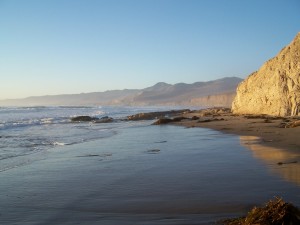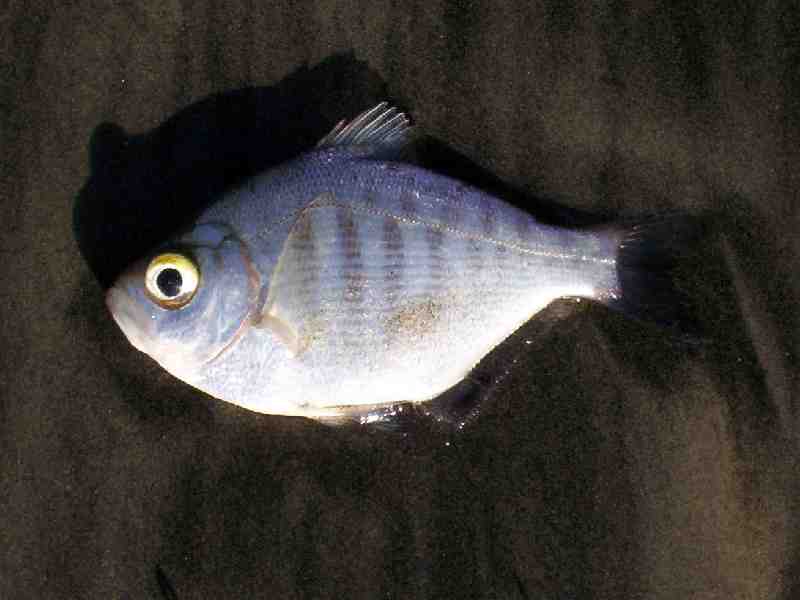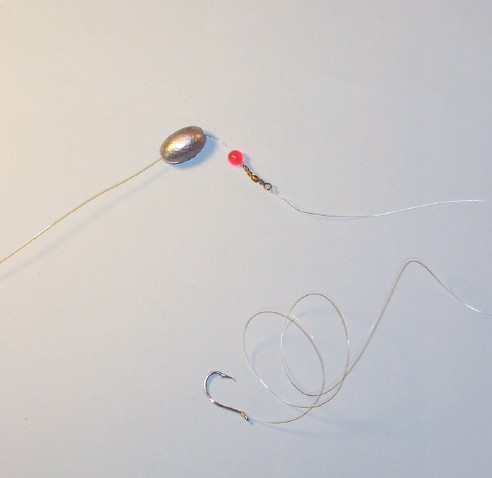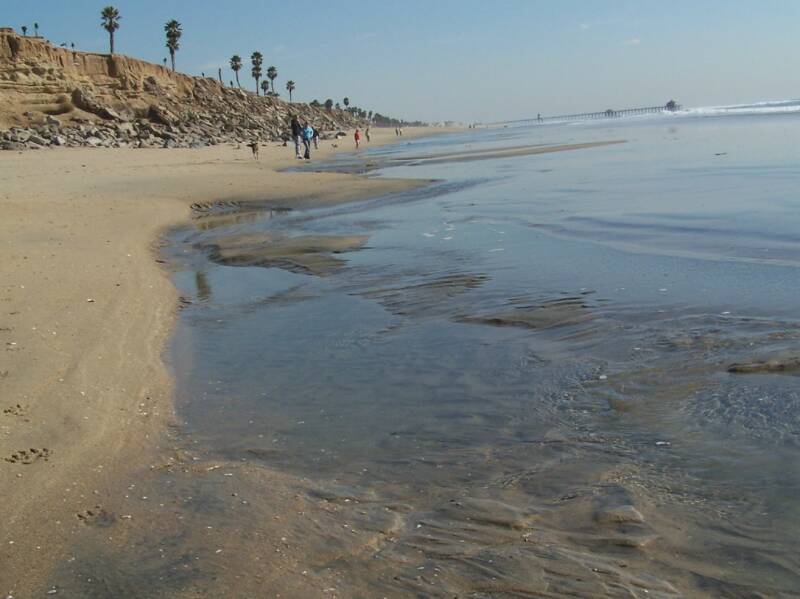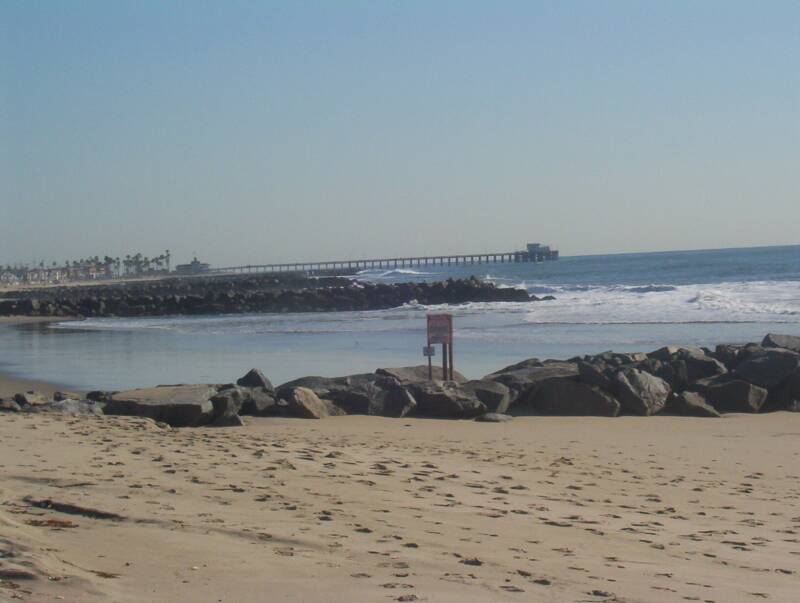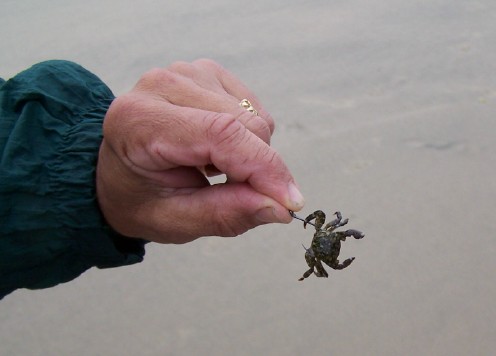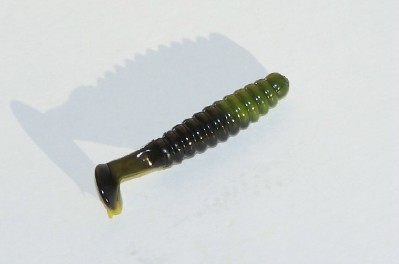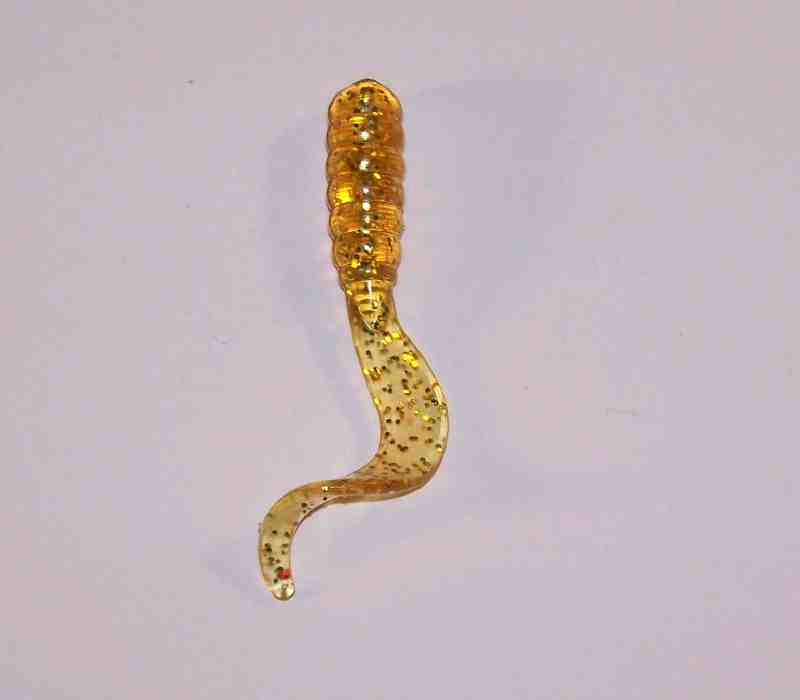Fall Surf Fishing Road Trips
By Bill Varney Jr.
The warm days of summer is a great time to get out for a surf fishing road trip but the truth is, I really enjoy hitting the road in fall with cool mornings, warm days, empty beaches and great fishing.
Two of my favorite spots to camp and fish in fall have to be Leo Carrillo State Park and northern Santa Barbara’s Jalama Beach. Both offer great camping, wide open beaches and some of the best surf fishing for calico, barred, walleye and buttermouth surfperch along the Southern California coast.
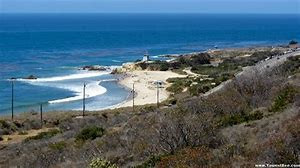 Leo Carrillo State Park is located just north of Zuma Beach and provides both sandy beaches and offshore rock structure. The park is located 28 miles northwest of Santa Monica on Pacific Coast Highway. Fishing here is different than most Southern California spots because the beach is orientated toward the south. Summer south swells can wash Leo Carrillo out at times but it’s almost always a go-to-spot throughout the year.
Leo Carrillo State Park is located just north of Zuma Beach and provides both sandy beaches and offshore rock structure. The park is located 28 miles northwest of Santa Monica on Pacific Coast Highway. Fishing here is different than most Southern California spots because the beach is orientated toward the south. Summer south swells can wash Leo Carrillo out at times but it’s almost always a go-to-spot throughout the year.
Leo Carrillo provides good fishing for a walleye, barred, orange mouth, and calico surfperch. In warmer months, corbina cruzes close to shore while yellowfin croaker school in the fall and spring along the beach. The best fishing here is near and around large rocks piles just off shore.
To find some great fishing drive into the park, under PCH, and up the coast to the farthest north parking lot. Walk along the shore either way and look for rocks or rock groups just off shore. These spots are best fished at medium to high tide. If the tide is low wait for the water to fill in around the rocks.
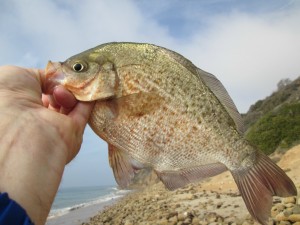 Downsize your tackle to a light 1/4th ounce egg sinker and an 18” leader on the Carolina Rig. Use lug/blood worms, ghost shrimp, fresh mussel or sand crabs. Cast right up against the large rocks and stay tight to your sinker. As soon as you feel the fish pick up your bait reel down fast and pull up. You’ll need to get the fish out of the rocks if you expect to get them to shore.
Downsize your tackle to a light 1/4th ounce egg sinker and an 18” leader on the Carolina Rig. Use lug/blood worms, ghost shrimp, fresh mussel or sand crabs. Cast right up against the large rocks and stay tight to your sinker. As soon as you feel the fish pick up your bait reel down fast and pull up. You’ll need to get the fish out of the rocks if you expect to get them to shore.
Day use and camping are both available here, with the day parking $15 for those who have not purchased an annual pass. Although there is some construction now going on, Leo Carrillo State Park offers 1.5 miles of beach for swimming, surfing, windsurfing, surf fishing and beachcombing. The beach also has tidepools, coastal caves and reefs for exploring. Park Information: (310) 457-8143
Jalama Beach administered by Santa Barbara County is one of the most popular camping and fishing beaches on the West Coast. Just one hour north of Santa Barbara, this beach is tucked in between Vandenburg Airforce Base and the Cojo Ranch. The closest town is Lompoc home to the Air Force and civilians that work on ranches and the military base.
I’ve been camping here since 1975 and it has changed very little. Because Jalama’s a very popular place to camp, if you find it full or you prefer to stay in a hotel the small town of Lompoc, just five miles from the turnoff (20 miles from the park), has everything you’ll need.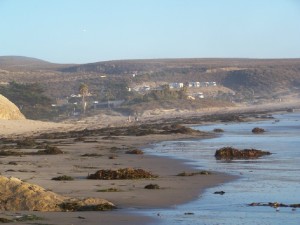
Jalama offers a fully stocked store and restaurant, fire pits, hot freshwater pay showers, bathrooms, picnic tables, BBQ facilities, firewood, public phone (as cell phones don’t work here) self-contained and tent camping. Jalama store offers the famous “Jalama Burger” the very best cheese burger on the coast. There is no way you can come here without enjoying one—they are really that good!
We first came here to surf but quickly learned how good the perch fishing could be. The beach offers both sand and rock areas that hold fish. There are more than 4 miles of beach stacked to the gills with barred surfperch, bass and halibut. Monster perch roam just in front of the campground—so come prepared for a fight!
Fish you’ll find here include barred surfperch, buttermouth perch, calico bass, rock bass, cabezon, halibut and smelt.
Both light to heavy tackle work here. When fishing the beach I suggest 6lb mono on a light action 8’ rod. If you’re fishing near or on the rocks move up to 12-15lb mono—and keep a lot of terminal tackle handy!
Fishing along the entire 4 miles of beach is spectacular—but here are a few of my favorite spots: Just 1 mile south of the campground you’ll find Tarantula Point. The point is a large mass of rocks that juts out into the pacific. You may fish on both sides of it for perch, bass and halibut but be aware of the many snags. I have had my best luck here during calm swells in the summer by using a partly water-filled bobber to keep my bait from snagging on the bottom. Hard baits like Lucky Craft and Rapalla Xraps work great here for huge bull bass.
Farther South along the beach is Point Conception. It’s a long 10-mile walk but along the way you will find many secluded beaches offering both open sand and rocky areas to fish.
North of the campground the beach stretches out for about a mile before you reach a large fence that secures the airbase. Near where the fence begins, you’ll find good fishing right where rocks begin and sand ends.
Last, and probably most significant, is the beach right in front of the campground. Fish both straight out and just to the North where the creek meets the ocean. Some of our best fishing has been right in this area—and close to home! For park information: (805) 736-3504
Both Leo Carrillo and Jalama offer great beach fishing and a fun camping experience. Now that the weather is great and the beach uncrowded, it’s time to get back on the road!
